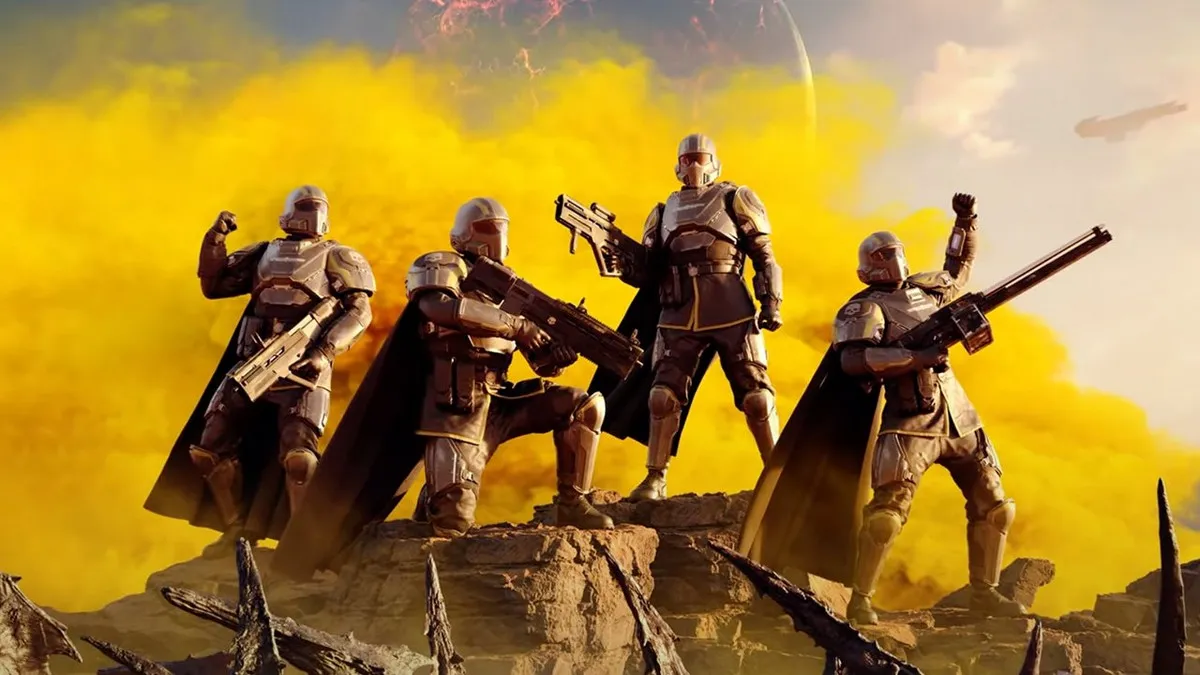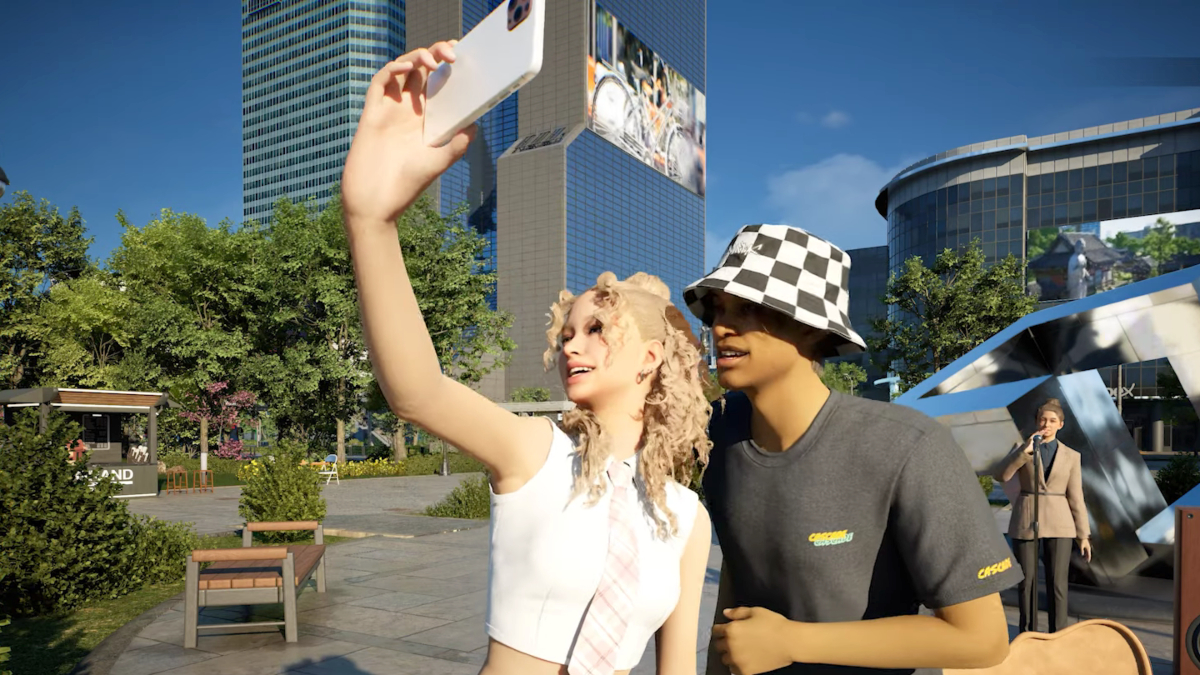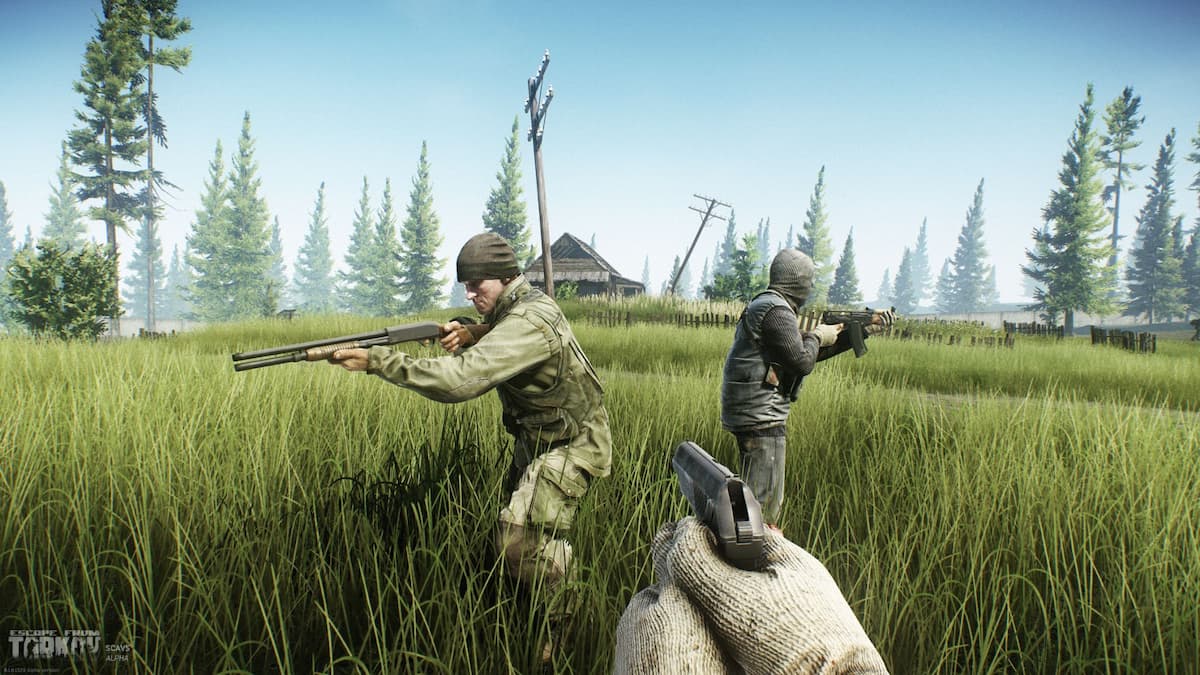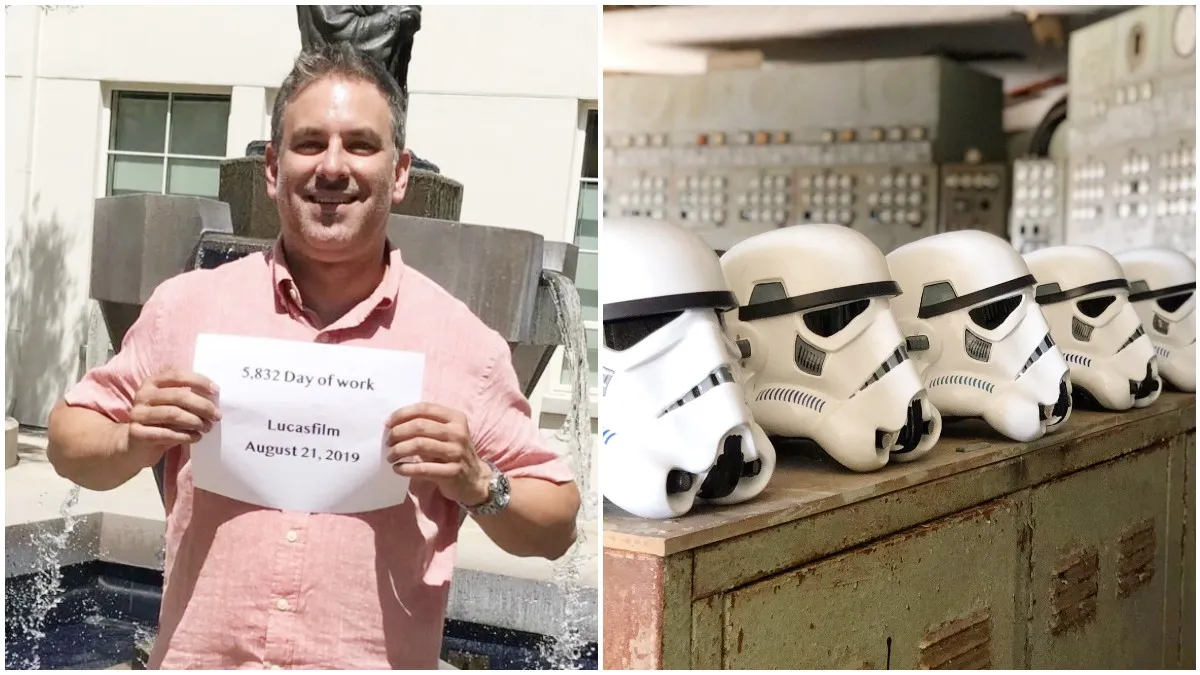If there’s one thing the Pokémon franchise is no stranger to, its remakes, re-releases, and ports. Ever since the first generation took the gaming world by storm in the late 90’s, developer Game Freak has, in some way, tweaked and retooled a main series entry for re-release, starting with Pokémon Yellow.
While ‘Generation V’ brought us Pokémon Black 2 and White 2, and ‘Generation VI’ saw remakes of Pokémon Sapphire and Ruby, 2017 marks a return to the “updated versions”, with Pokémon Ultra Sun and Ultra Moon. For the most part, much of the content from the previous games remains largely the same, with Game Freak opting to round out the package with additional content, some quality of life improvements, along with some changes to the story (which I won’t dare spoil).

Ultra Sun and Ultra Moon feature the same design philosophy from the original Sun and Moon games, which will come as no surprise for those who visited the Alola region last year. Gone is the standard progression system centered around gym battles, which are now swapped out for a handful of Island Challenges. HMs are also gone, no longer requiring players to tie up one of four moves with a special move to navigate around the world. In its place is the Poké Ride feature, allowing trainers to temporarily mount and ride specific Pokémon in order to smash through boulders and surf across water. Sure, this will come as no surprise for returning players, but for those who have not yet explored the Alola region, these changes might come as a surprise, especially if you’ve played previous entries in the series.
(Be sure to check out our original review for Pokémon Sun and Pokémon Moon, which goes into more detail about the original games from 2016)
You might be asking then: what exactly has changed this time around? Well, for starters, Ultra Sun and Ultra Moon feature a more streamlined opening section, which I’m sure will please returning players. Instead of having to wade through cutscenes and character introductions before you get to choose your starter, trainers will be able to pick a starting Pokémon almost immediately, and then proceed through the game’s introduction. Sure, there’s still some tutorials to work through after, but this more focused opening section comes off as less restrictive and handholding.

From there on out, the first few islands haven’t seen much of a change. Some of the trials have been reworked and tweaked; one in particular tasks you with seeking out specific ingredients in order to cook a stew, though you’ll still have to battle Totem Pokémon (larger, taller versions of regular Pokémon). This time around, players will be able to collect their own Totem-sized creatures by collecting Totem Stickers, which can be found across the entire region.
Throughout your journey, you’ll also have the chance to spend more time with your Rotom Dex; this generation’s take on the Pokédex, which has been “possessed” by the ghost Pokémon Rotom. This time around, you can form a relationship with it, and it will even ask you questions as you two get to know each other. Once the bond between the two of you gets strong enough, you’ll be able to use a second Z-move during battles. Pokémon Ultra Sun and Ultra Moon puts more emphasis on interacting with Pokémon in general, whether it be playing simple games with them, or completing side quests that task you with finding hidden Pokémon or catching a specific Pokémon.
There’s plenty of other distractions and side-modes to be found, which are welcome despite their simplicity. A new mini-game (dubbed Mantine Surf) allows you to manually surf from island to island after summoning a Mantine, and you can even pull off tricks and ride waves as you travel. There’s also the Alola Photo Club, which lets you snap photos of yourself and a Pokémon of your choosing.

Towards the end of the game, you’ll begin to stumble upon some of the new story content, along with a few new mechanics. Ultra Wormholes make a return from the original Sun and Moon, except this time around, you can travel through them to get to the Ultra Space (and in turn, capture Legendary Pokémon from previous games). There’s also a new city to explore, dubbed Ultra Megalopolis, though Nintendo has remained tight-lipped on what it has in store.
While Pokémon Ultra Sun and Ultra Moon might not seem entirely different from their predecessors, Game Freak has added enough changes and new content, which will undoubtedly appeal to hardcore Pokémon fans all over. If you’ve already seen enough of Alola, you’re probably better off waiting for the next entry on the Nintendo Switch. For those itching for another reason to explore the series’ newest region, or for those who have yet to do so, these definitive versions will serve you well.
This review is based off the Nintendo 3DS version of the game. A review copy was provided to us by Nintendo.






